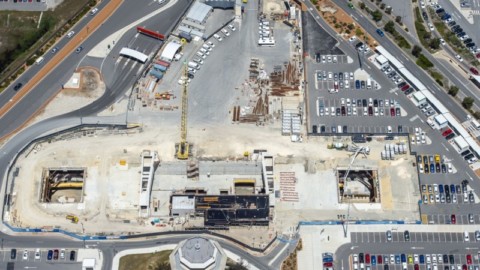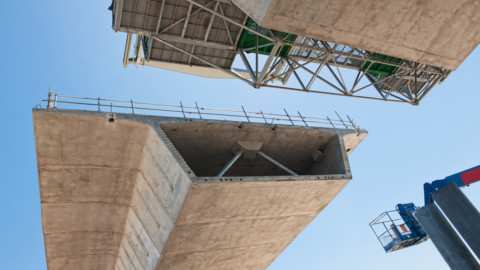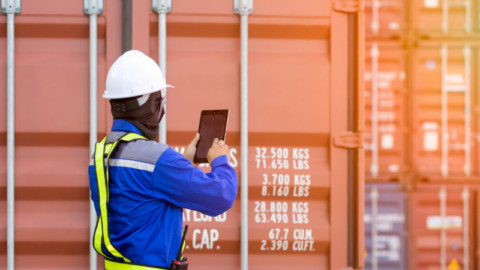The Federal Government is extending two key support programs for the aviation sector, to assist in the continuation of major domestic, regional, and remote air services.
The Domestic Aviation Network Support (DANS) program will be extended until 31 January 2021, and the Regional Airline Network Support (RANS) program will be extended until 28 March 2021.
To date, more than $150 million has been invested by the Federal Government across these two programs.
Deputy Prime Minister and Minister for Infrastructure, Transport and Regional Development, Michael McCormack, said the extension, which could be worth hundreds of millions of dollars, formed a key part of the government’s continued support for Australian aviation as part of the 2020-21 Budget.
“Planes in the air mean jobs on the ground and as part of our economic plan for a more secure and resilient Australia, we will continue to back our aviation sector,” Mr McCormack said.
“In regional Australia, flights are so central to local economies, underpinning many small businesses including tourism operators, whilst ensuring continued access to key medical supplies and personnel.
“We know regional tourism will help drive Australia’s economic recovery and today’s announcement of further support for key routes will be a big boost to local economies.”
The Australian Airports Association (AAA) welcomed the extension of the programs, but said more must be done to support struggling airports.
AAA Chief Executive, James Goodwin, said these two vital initiatives have provided a lifeline to our airlines and helped Australians travel.
“The Federal Government knows the aviation sector was hit first and hit hardest by the COVID-19 pandemic and it’s encouraging to see the support for a basic national network extension to ensure essential workers can continue to get to where they need to be and to help restart domestic tourism now that the state borders are starting to re-open,” Mr Goodwin said.
“In many regional communities, aircraft are often the only public transport system available to residents.
“Guaranteeing smaller air routes means regional communities have affordable, reliable and regular access to essential services such as doctors and education in the larger cities.
“Without this assistance, regional aviation networks would be in danger of becoming commercially un-viable for airlines which could result in higher airfares or a complete loss of flights at the local airport.”
Mr Goodwin said these programs did provide a lot of assistance to airlines, but that airports were still being considered as an afterthought.
“Airports have been good corporate citizens during this pandemic, staying open and in many cases reducing or waiving landing fees for airlines despite losing $320 million a month in revenue,” Mr Goodwin said.
“Even with this program in place, jobs on the ground are hard to sustain because the majority of regional airports are council-owned and don’t have access to JobKeeper.
“More than 70 per cent of staff at regional airports have been placed on reduced hours, been re-deployed or made redundant.
“To provide sector-wide support, the government must use the Budget to support the costs of essential, government-mandated services such as international and domestic security screening, airfield security and extra COVID-19 cleaning.”
Mr McCormack acknowledged the difficulties the current border closures had caused the aviation industry, with cancelled flights, refunds and passenger frustration.
“Uncertainty affects the ability of airlines and airports to plan for recovery and undermines consumer confidence, which amounts to a significant cost to industry and ultimately the Australian economy,” Mr McCormack said.
“The Federal Government is doing our bit by underwriting these flights to maintain minimum connectivity, now we need the states and territories to do their bit too as we again encourage the continued easing of border restrictions.
“Prior to the pandemic, one in four Australians would travel by air to visit friends or family every year and by underwriting key routes, we are providing the opportunity for Australians to do just that.”
The announcement of additional support for the aviation sector builds on more than $1.3 billion already committed to maintaining operations and supporting jobs in the industry.
















